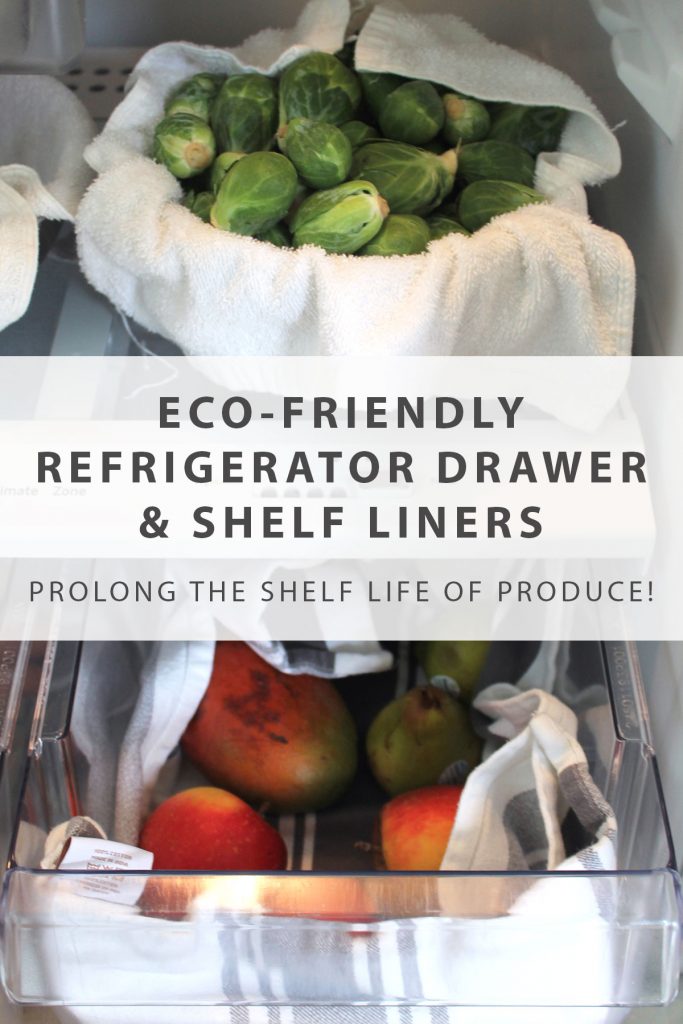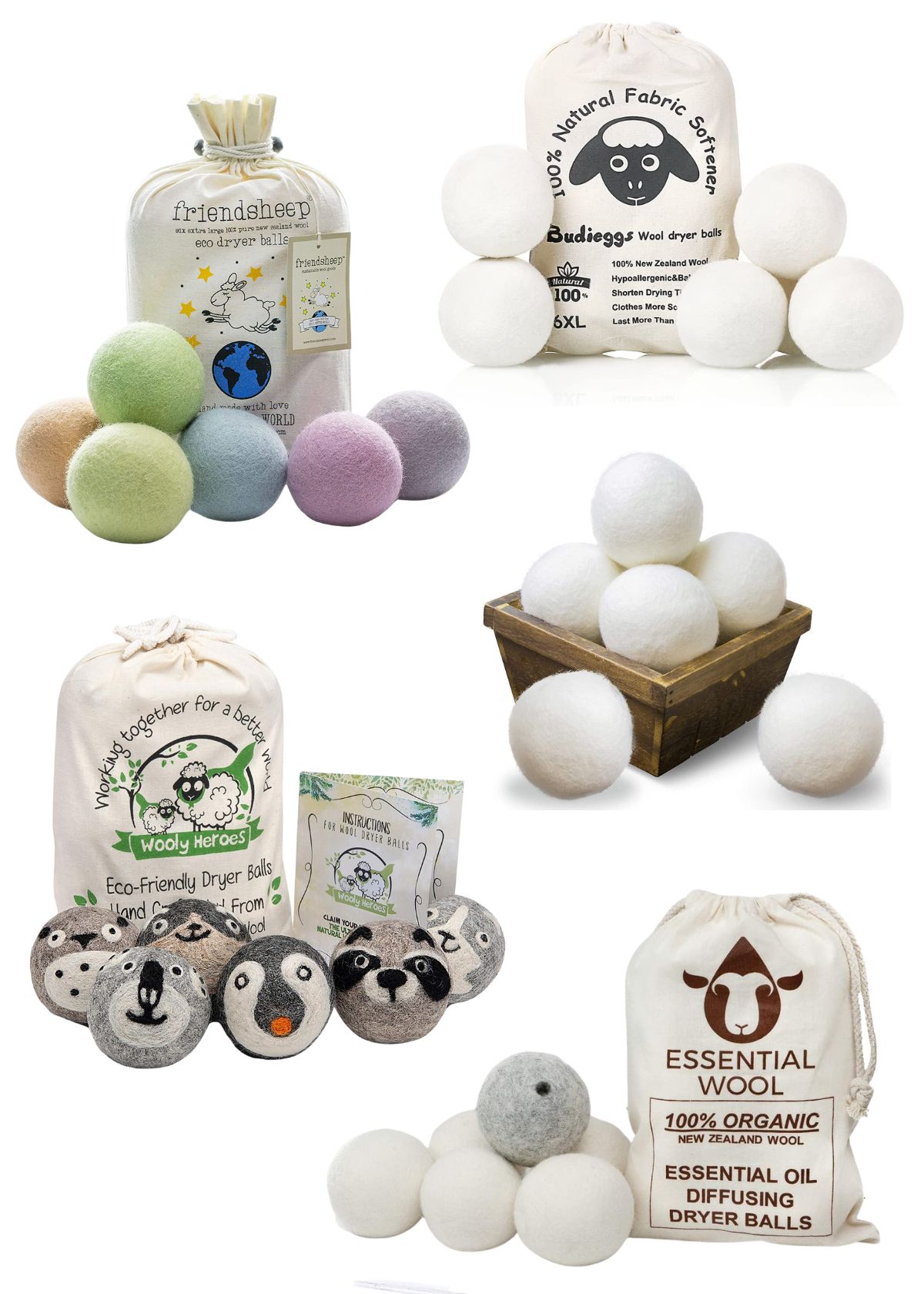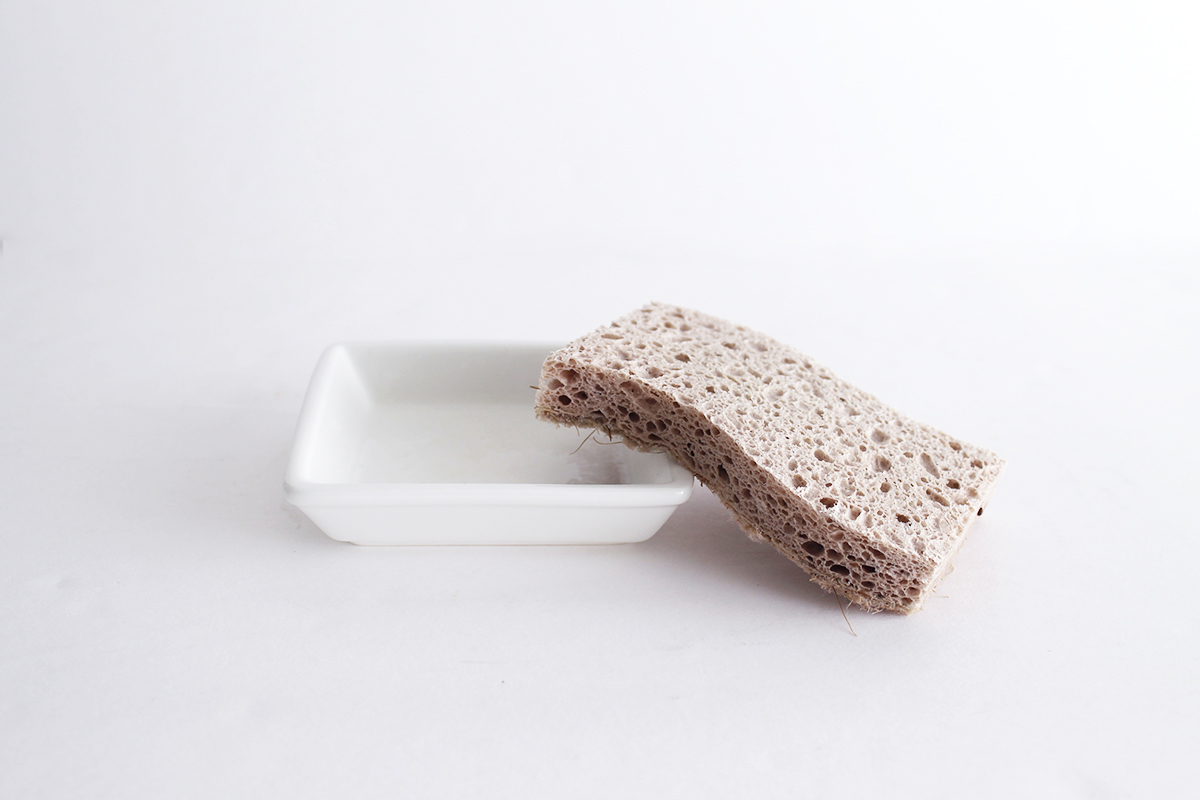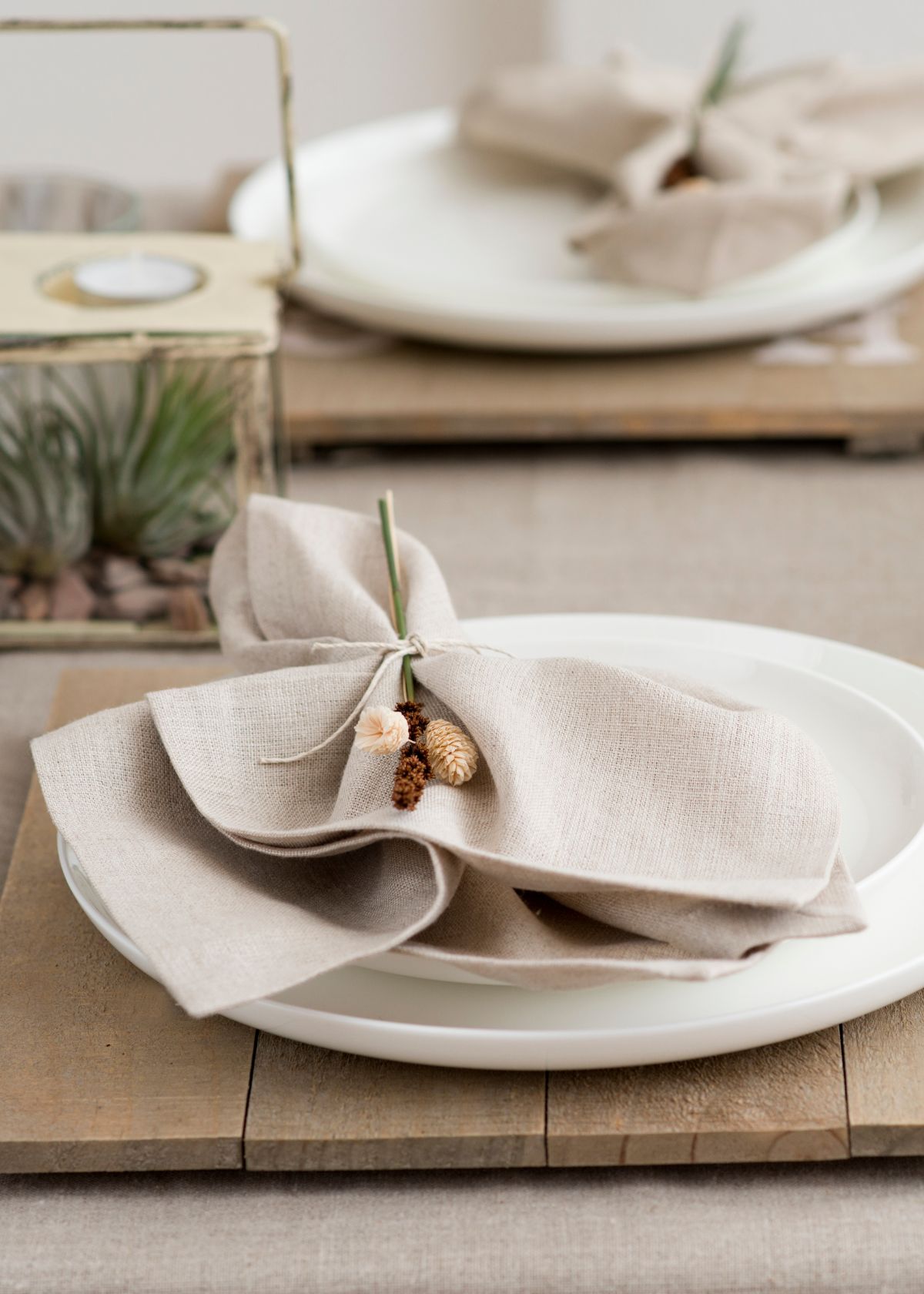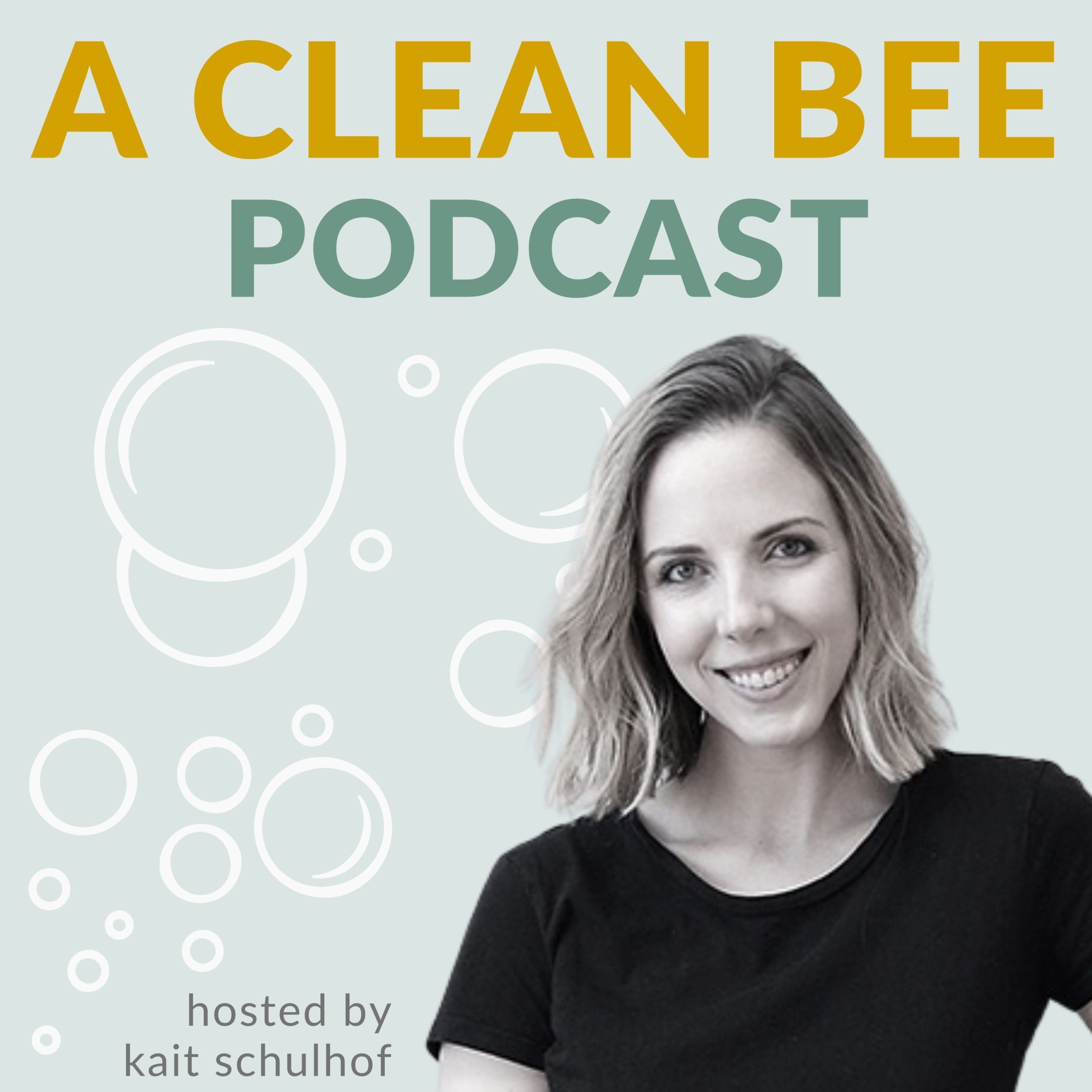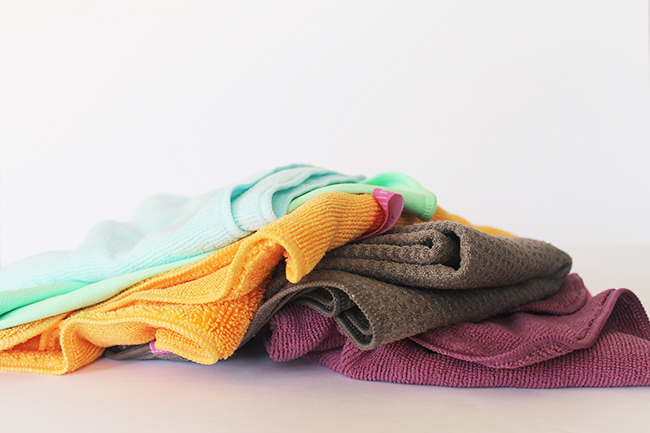Eco Friendly Refrigerator Shelf Liners that Make Food Last
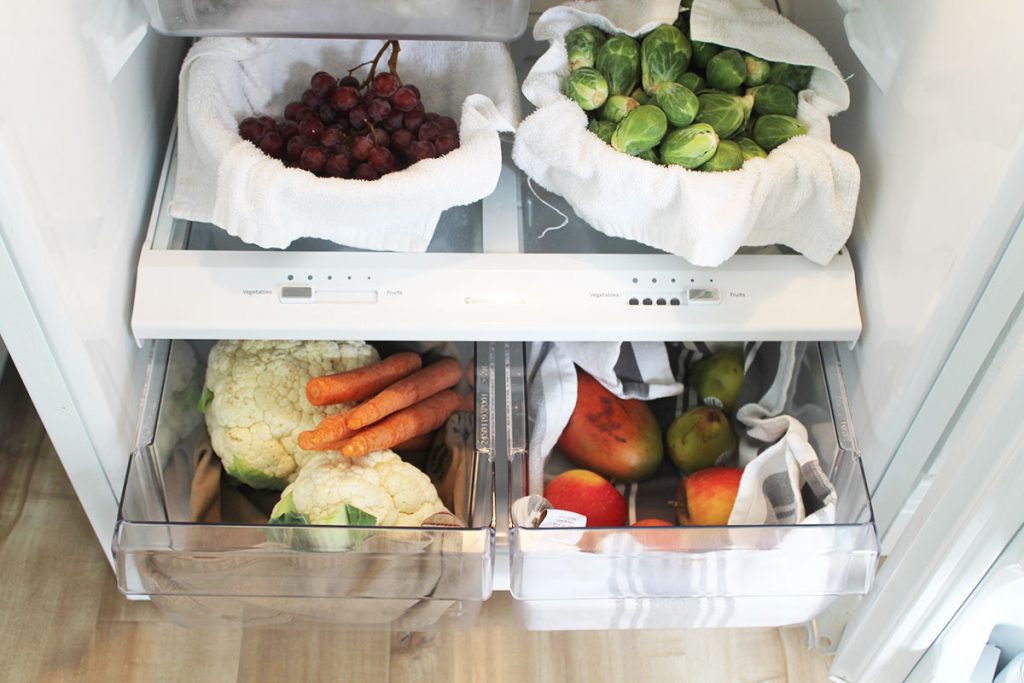
Confession: I have never understood the purpose of plastic refrigerator shelf liners. People claim that they make cleaning your fridge so much easier, but I’m not convinced. I’d anticipate that any real fridge spills would seep between or underneath a plastic shelf liner and you would end up having to clean your fridge anyway. Plus, how much more difficult is it to move all of your fridge contents to remove the actual shelf vs just the liner?
On top of that, most refrigerator shelf liners are made from plastic materials. These plastic liners are not easily recycled (if they can be recycled at all). So they simply add to the overwhelming amount of plastic waste our planet is already dealing with.
With all of that said, there is one type of plastic free refrigerator shelf liner that can protect and even extend the life of loose produce. It’s washable, compostable, and multi-purpose, too!
Eco-Friendly Refrigerator Shelf Liner
The one type of shelf liner I recommend in a refrigerator is simple: a dish towel!
Keep Veggies Fresh in a Towel Lined Crisper Drawer
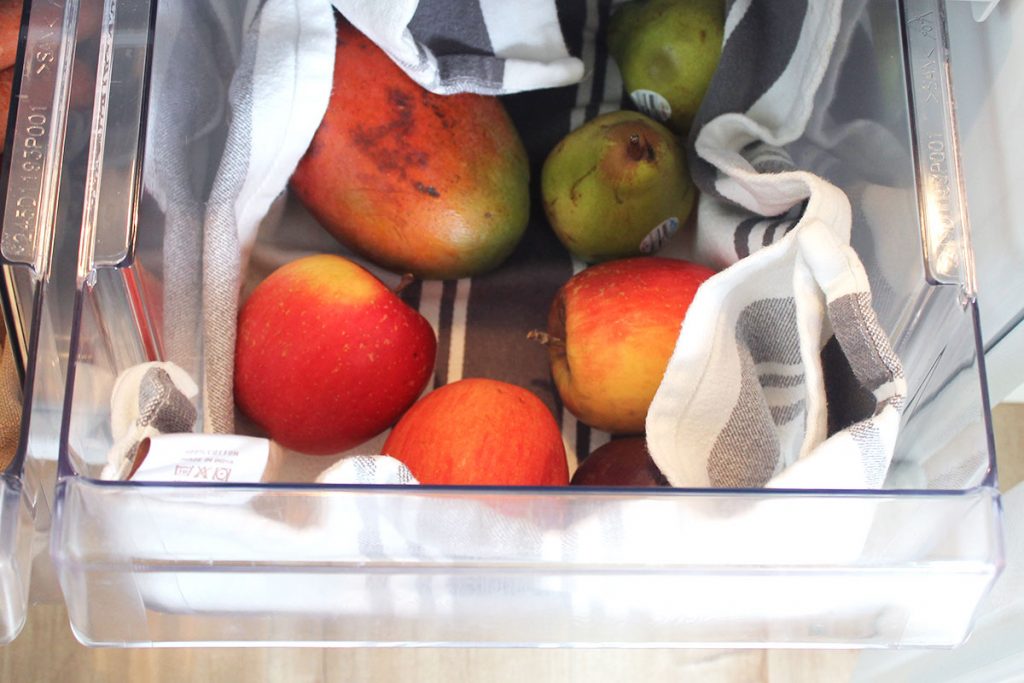
Start with a clean refrigerator. Grab a soft dish towel and fold it so it fits in the base of your crisper drawer. Next, add your washed (and dried) vegetables on top of the towel.
The dish towel will absorb extra moisture and the cool air of the crisper drawer will prevent rot. The combo will keep your veggies fresh for far longer than they would be if stored without a towel or worse, in a plastic bag.
You can even use multiple towels in the same drawer to wrap different types of veggies and keep them nicely organized.
This is a fantastic way to store greens, mushrooms, and other delicate veggies that tend to go off quickly.
Keep Veggies Fresh Wrapped in a Towel
If you don’t have space in your crisper drawer for all of your veggies and greens, the same trick can be used on a regular refrigerator shelf.
Take greens for example. Wash, cut, and dry your greens in a salad spinner. Next, pour the clean greens out onto a large dish towel or small bath towel. Roll the towel up with the greens inside.
If you’d like, you can fasten the ends of each roll with rubber bands to keep it in place when stored on your shelf.
When you’re ready to make a salad, simply grab one of your towel rolls and unroll enough greens for the dish. Roll the rest of the greens back up and place the roll back on your fridge shelf.
Paper Towels vs. Cloth Towels
Some people follow this technique using paper towels. There are a few reasons why I don’t love this method.
- Waste: Paper towels are single-use products that tend to be sold packaged in plastic. It feels silly when it’s so easy to set up a small laundry basket in your kitchen for towels that can be reused over and over again.
- Less absorbent: Cloth towels absorb more moisture than paper towels, rendering them more effective in this case.
In general, I have found paper towels to be one of the easiest single-use products to eliminate from my family’s kitchen – here’s how I did it.
How to Clean Cloth Towel Refrigerator Shelf Liners
The easiest way to clean cloth shelf liners is in a washing machine on a hot cycle. Here are more details on how I wash my cleaning rags.
If you have stained towels, then you might want to soak them with a laundry booster like Borax or an oxygen bleach like OxiClean before laundering.
If you’re lining your fridge shelves with microfiber cloths, make sure to wash those separate from any other type of fabric. You do not want lint from a cotton dish towel to transfer to the microfiber cloth!
More Ways to Create an Eco Friendly Kitchen
If you’re interested in more ways to reduce waste in the kitchen, look no further!
